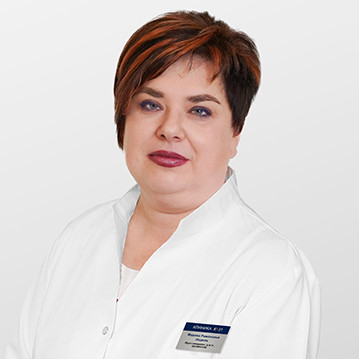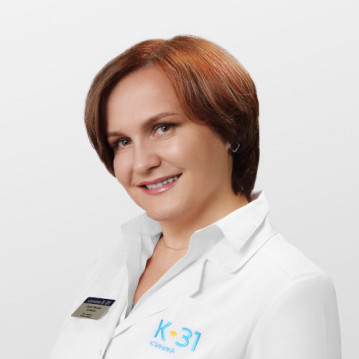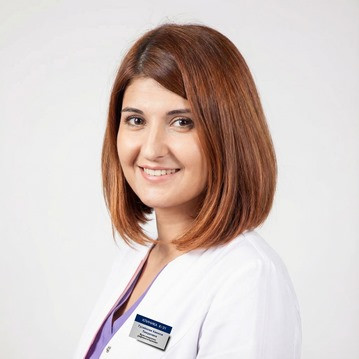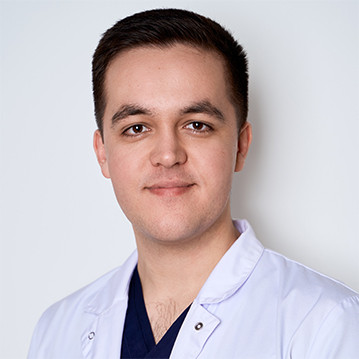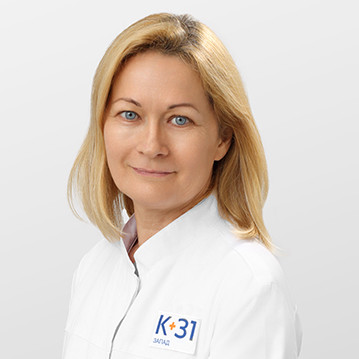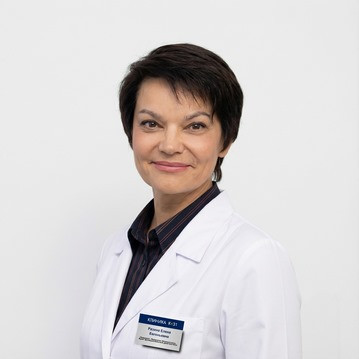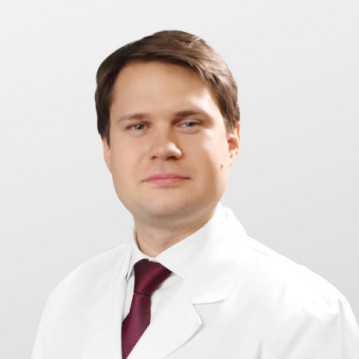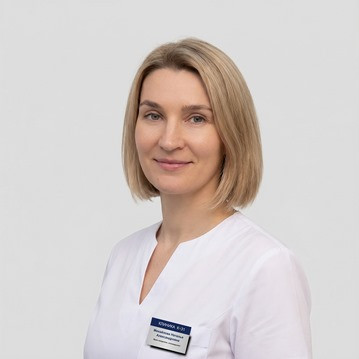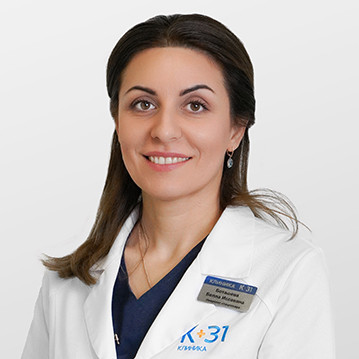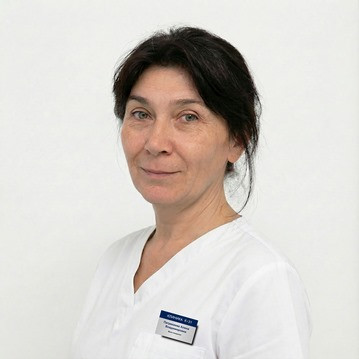The main methods of electromyography:
Cutaneous EMG (also global or total EMG) - is used relatively rarely. Among the indications: residual muscle hypertension (postparalytic contracture of the facial muscles, spastic paresis) and muscle tone disorders in extrapyramidal diseases. Research is done by applying electrodes to the skin. The patient contracts muscles at the command of the doctor and the device reads the readings.
Stimulating electroneuromyography (ENMG, ENG or neurography) has the following indications for use:
- Peripheral nerve diseases: consequences of injuries, polyneuropathy, tunnel syndromes;
- Disorders of neuromuscular transmission: myasthenic syndromes and myasthenia gravis;
- Myelopathies, radicular syndromes and plexopathies.
In our clinic, stimulating ENMG is used for suspected spinal amyotrophy and primary muscle disease. In particular, needle EMG is used to confirm these diseases.
Stimulating electroneuromyography is based on the delivery of single or rhythmic low-intensity electrical stimuli. In this case, the patient may feel a weak discharge of electricity and the movement of the muscle under study.
If there is suspicion of myasthenia gravis, sometimes pharmacological tests can be introduced - proserin is injected under the skin, and against the background of its action, ENMG passes. Such studies are transferred extremely favorably: stimulation is felt like weak electric shocks, as a result of which muscle is painlessly contracted.
With a low pain threshold, you can consult a doctor in advance: he will select the most optimal current parameters to reduce sensitivity during the procedure. This technique has no side effects: patients lead a normal lifestyle without prolonged discomfort.
Classical needle EMG has the following indications for use:
- Diseases of the motor neurons of the spinal cord (spinal amyotrophy, amyotrophic lateral sclerosis);
- Primary muscle diseases (myopathies, myodystrophies, polymyositis).
In some cases, needle EMG is used in cases of suspected peripheral nerve disease. With its help, you can clarify the features of the course of the denervation-reinnervation process. For accurate confirmation of these diseases, stimulative ENMG is used.
Needle EMG involves the introduction of sterile needle electrodes into the depths of the motor points of the muscles. In this case, the patient feels only a slight injection (when piercing the skin), and the penetration of the needle into the muscle is painless. The diameter of the electrode is extremely small, so the procedure is tolerated quite favorably and does not leave prolonged consequences.
Scopes of EMG:
- Restorative medicine;
- Rheumatology;
- Neurosurgery;
- Neurology;
- Endocrinology.
Contraindications for EMG
To needle EMG: infectious diseases (they are a relative contraindication, the procedure is carried out by decision of the doctor);
To stimulation electroneuromyography: implanted devices in the patient’s body (neurostimulator, pacemaker) is an absolute contraindication. However, metal implants and drug pumps are not a contraindication.
Preparing for electromyography
EMG does not require special preparation. The examination program is a doctor. The procedure can last up to 1-2 hours, depending on the alleged disease. In order for the EMG program to be drawn up as correctly as possible, it is advisable to bring the conclusion of the referring doctor with the alleged diagnosis to the procedure.
